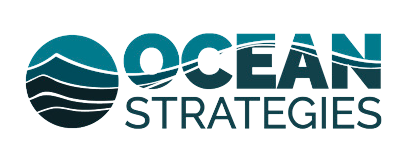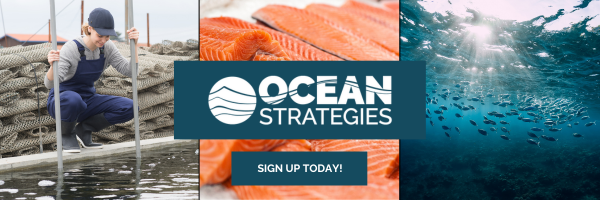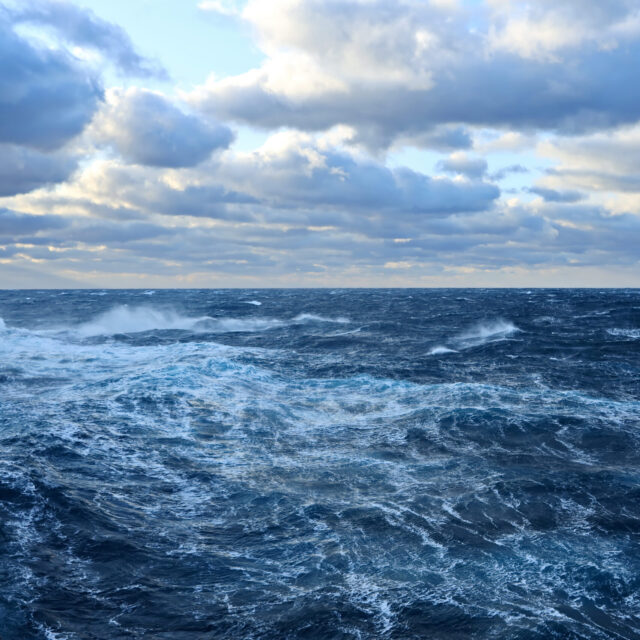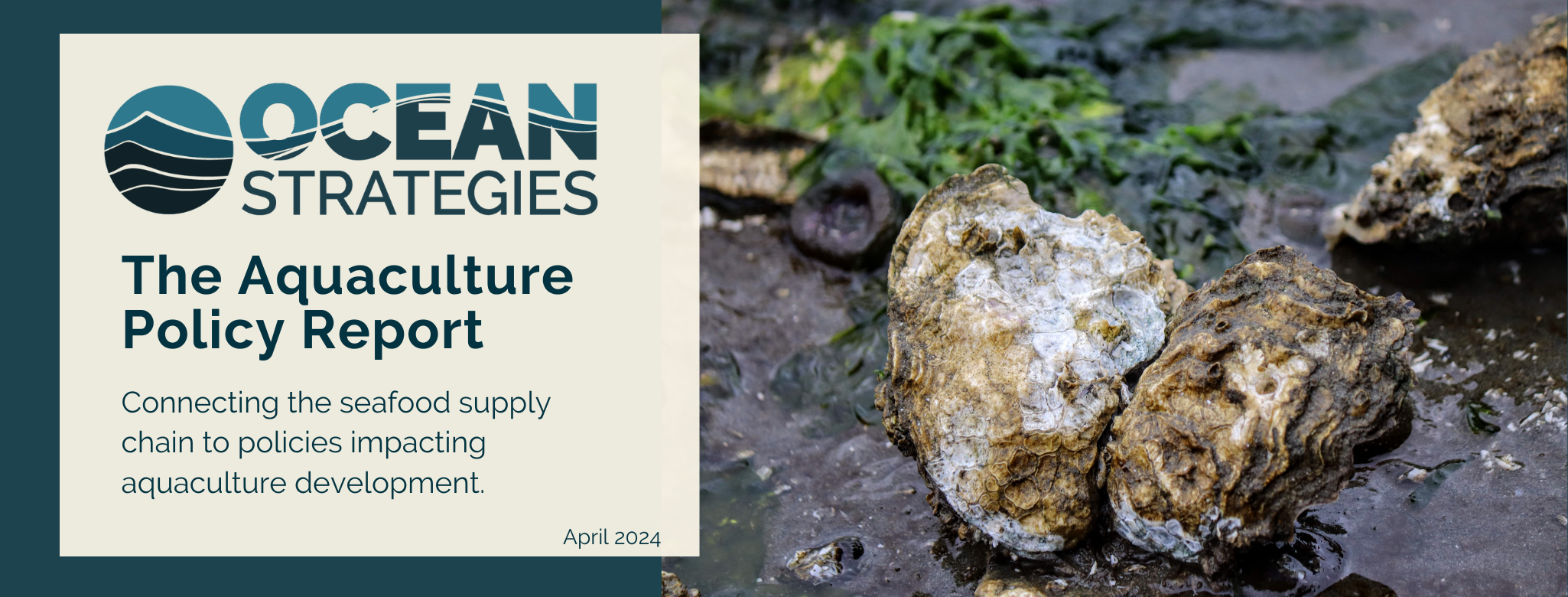
Ocean Strategies is a public affairs firm specializing in seafood, fisheries and marine resources.
This report provides policy and industry updates for those who rely on access to sustainable U.S. seafood. Sign up here.
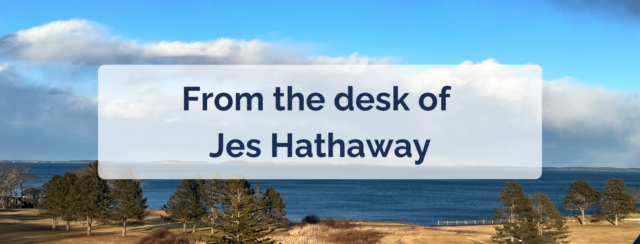
What is Mariculture?
Whenever I talk about mariculture to people in the aquaculture industry, they ask me if I’m from Alaska.
In Alaska’s state waters, aquaculture — writ large — is not legal, per the state constitution. So the state’s lawmakers made a distinction between aquaculture (aquatic farming that requires feed) and mariculture (aquatic production that does not require feed).
Though there is broad agreement that mariculture is a subset of aquaculture, there’s otherwise not consistent agreement as to what the terms mean specifically. But for the purposes of the domestic aquaculture industry, these are becoming the dominant definitions in practice.
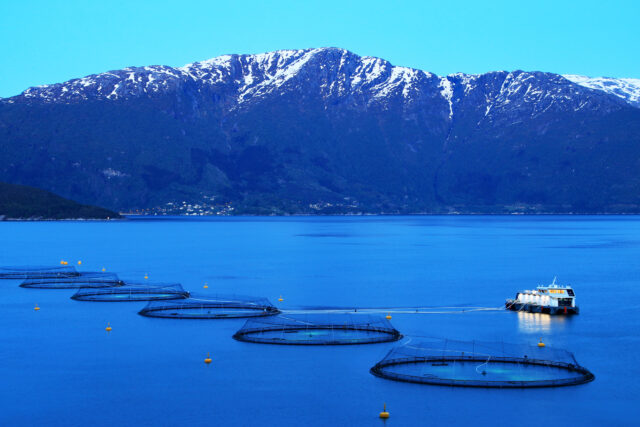 Though I’m not from Alaska, nor do I work exclusively in the state, I think the distinction between fed and unfed aquaculture practices is a sensible one. This distinction, to be clear, is not an attempt to demonize fed aquaculture. While I believe there is still plenty of room for improvement, I don’t think we advance any cause by attempting to shun the practice. Finfish farming is here to stay, and our best bet is to continue to improve it.
Though I’m not from Alaska, nor do I work exclusively in the state, I think the distinction between fed and unfed aquaculture practices is a sensible one. This distinction, to be clear, is not an attempt to demonize fed aquaculture. While I believe there is still plenty of room for improvement, I don’t think we advance any cause by attempting to shun the practice. Finfish farming is here to stay, and our best bet is to continue to improve it.
I was taught by my long-time mentor never to vilify fishing gear types, as it doesn’t advance the cause of fishing but rather causes only more strife within the industry and results in an eat-your-own mentality. I believe there’s a place and a time for any aquaculture or fishery practice, given the right modifications, community input and adequate oversight.
But these two types of aquaculture — fed and unfed — are so vastly different in most ways, that it may well make sense to manage them separately — in policy, oversight, permitting — the same way we handle most state-waters and federal fisheries separately. In fact, for the most part, we already do manage fed and unfed very differently. It’s just in name that we rarely make the distinction.
That distinction is increasingly important as the U.S. develops both policy and public opinion about aquaculture, and mariculture, with often different processes and outcomes. If we want accuracy and consistency in those arenas, industry nomenclature needs to have it, too.
So what’s the difference?
I’ve heard for much of my career that aquaculture is a natural extension of commercial fishing — it’s a maritime job, provides a local harvest of seafood, and offers a stable transition away from the wild unknowns of commercial fishing.
It never rang quite true to me that fishermen should desire to “retire” into net-pen aquaculture. The appeal of fishing for most who make a career and lifestyle of it is in the chase, the wide-open sky-to-sea view from deck, and the independence it fosters.
The characteristics of mariculture seem more in line with those of community-based fishing. For one thing, they are typically small-scale and relatively independent businesses, reliant on community working waterfront infrastructure and a range of shoreside buyers. Whereas net-pen operations are usually part of larger, vertically integrated businesses with direct market access from exclusive buyers.
It is also true that finfish aquaculture offers more stability, as most corporate jobs do — consistent work, salaries, retirement benefits and health care options. Very few commercial fishing or mariculture jobs can offer the same — as of now. The distinction in terminology could also help us advocate for changes to bring more community-based and small-scale jobs in alignment with corporate offerings in terms of benefits and social safety nets.
And of course, part of our work is to take feedback on ideas like these, so please let us know what you think. Is it worth the distinction?
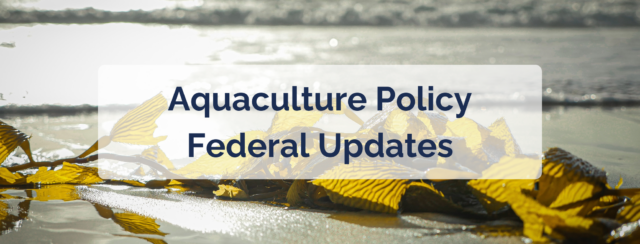
Federal Outlook
The Farm Bill and developmental planning still lead the pack in aquaculture/mariculture federal topics, with a few updates since our last report.
-
Farm Bill
The seafood industry is still building steady momentum toward expanding the Farm Bill to include seafood, both farmed and wild. While a Farm Bill reauthorization this year seems increasingly unlikely, seafood and fisheries leaders have made significant strides in growing Congressional support. On April 1, a letter signed by 35 members of Congress went to the Senate and House Agricultural committees outlining seafood requests for the Farm Bill including:
- Establishing an Office of Seafood Policy and Program Integration within USDA.
- Increasing seafood inclusion within USDA nutrition programs, including purchases from small-to-large scale businesses.
- Access for harvesters, processors and other seafood businesses to USDA grant and loan programs as well as Farm Credit System Services.
With broad industry backing and bipartisan Congressional support, signs point to a focused and promising effort around 2025 Farm Bill reauthorization, with seafood components included.
-
Sea Grant Takes on Broad Aqua Market Research
Virginia Sea Grant is teaming up with Virginia Tech and a large collaborative of institutions nationwide to investigate gaps in U.S. aquaculture marketing. A nearly $1million federal grant will help to establish the Aquaculture Economics and Markets Collaborative, and kick off its first two years of work. The move is in part a response to a highly import-dependent U.S. seafood market, and an associated seafood trade deficit that has been more than $24 billion annually in recent years. Narrowing that deficit is a priority for national food security, and for domestic producers and wild harvesters alike. Progress will depend at least in part on U.S. aquaculture and mariculture products, which are still finding their footing in the domestic market.
The Collaborative is aiming for a comprehensive review of retail scanner information, promotion and placement trends, price points, consumer preference and other critical market data. The work could ultimately inform industry leaders and Sea Grant’s cooperative extension agents how to strategically guide capacity and funds toward market tools that will fill critical gaps.
-
Science and Tech Council Releases National Aquaculture Development Plan
An interagency coordination group under the Office of the President has been rolling out its vision for aligning federal agencies around aquaculture. The National Science and Technology Council’s Aquaculture Subcommittee released a draft National Aquaculture Development Plan in February and closed a public comment period on it in early April.
The plan provides overview information about the opportunities, benefits and roadblocks around an aquaculture industry that could have a measurable impact on the U.S. seafood trade deficit. All through a lens of agency oversight and responsibility, the plan includes recommendations for research, regulatory efficiencies and economic development. It also describes recent actions undertaken by agencies with critical roles in aquaculture permitting and management, including NOAA, USDA, USACOE and EPA.
-
NOAA Releases First-of-It’s-Kind Overview of Alaska Aquaculture (aka mariculture)
The “State of Alaska Aquaculture Report” is NOAA’s first comprehensive look at mariculture challenges and opportunity in the nation’s northernmost state. While the opportunities are plentiful for seaweed and shellfish development along the state’s immense coastline, the scope of challenges may be equally substantial, particularly given Alaska’s consolidated processing infrastructure and distance from volume markets.
The report summarizes aquaculture and mariculture background in Alaska, and funding opportunities for individuals, businesses or community organizations interested in the industry. It offers an optimistic look at the work underway, the potential it signals for future growth, and specific areas that farmers, researchers and other stakeholders might invest their time and capital.
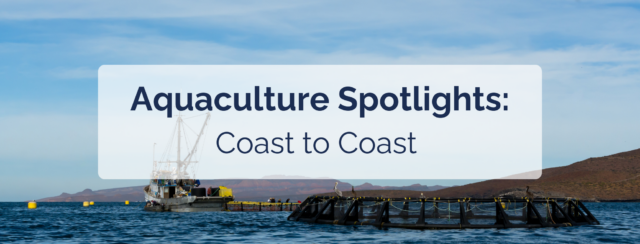
National
Aquaculture farmer-led projects receive applause
The Supporting Oyster Aquaculture and Restoration (SOAR) Program announces awards to farmer-led projects to foster innovation, resilience and diversity in shellfish aquaculture.
West Coast
West Seattle kelp forest a gem
The long-treasured Lincoln Park forest has a second forest you’ve probably never seen, why it matters, and how it figures into plans to save forests like it. Enjoy this glowing account from of Puget Sound Restoration Fund’s & partners’ Eyes on Kelp monitoring activities along this beloved West Seattle shoreline.
Blue carbon, green fields
Washington Sea Grant and Puget Sound Restoration Fund are thrilled to be part of this new USDA Climate Smart Commodities project to modernize and scale up the age-old practice of using seaweed as a soil amendment.
Alaska
Indigenous seaweed cultivation
Check out this January webinar from the National Seaweed Hub webinar series. Keolani Booth, Tribal Councilman from the Metlakatla Indian Community shares his expertise on climate and mariculture initiatives, which he hopes will create jobs in ocean farming for Metlakatla and it’s people, who are deeply connected to the water through culture and tradition.
Alaskan Kelp: The Farmer’s Perspective
This Maine Aquaculture Innovation Center January 2024 webinar features “three disillusioned Maine kelp farmers who traveled to Alaska and found hope.” Through sharing experiences with farmers from across Alaska and British Columbia as well as folks from NY, CT, and ME, they were reenergized and inspired to make changes to their own mission as farmers. (Follow the webinar series to learn more about seaweed farming in Maine.)
New England
6th Annual Maine Seaweed Week
With more than 70 businesses participating annually, Maine Seaweed Week is the largest seaweed food and drink festival in North America. Seaweed businesses, restaurants and bars up and down the Maine coast honored the state’s kelp harvest season with events as well as food and drink specials — from kelp burgers to craft cocktails — celebrating this sustainable superfood across the state!
Maine legislature passes contentious aquaculture-friendly legislation
Maine Gov. Janet Mills signed a bill proposed by the Maine Department of Marine Resources that reduces the number of required public notices for an aquaculture lease, and increases the number of people it takes to request a public hearing on an aquaculture lease from five to 25. The bill reportedly aims to streamline the process of converting an experimental lease into a standard lease.
Critics emphasized that public input is necessary for activities taking place in the public domain, while a representative from DMR noted that the announcements in local newspapers are not an efficient means of public notice.
Maine Working Waterfronts get a $60 million infusion from the state
Maine lawmakers passed a supplemental budget bill that includes $50 million in grants and $10 million to be allocated to small businesses, earmarked for winter storm recovery that devastated port infrastructure along the coast.
Commercial fishing organizations showed up en masse to testify in support of the storm recovery funding.
“This is particularly paramount for larger working waterfront properties that provide essentials like bait and fuel and serve as hubs for buying and selling lobsters,” said the Maine Coast Fishermen’s Association in their testimony.
Photo Essay: ‘Ugly’ oysters used to repopulate oyster beds in Massachusetts
Massachusetts shellfish growers restock oyster beds with discards and funds provided by the Supporting Oyster Aquaculture and Restoration program, a joint venture of the Nature Conservancy and Pew Charitable Trusts.
MIT Sea Grant students are advancing aquaculture technology
Two MIT students joined an effort to advance technology for the aquaculture industry, scanning the seed from the Aquaculture Research Corporation to help automate the identification and counting process. The Aquaculture Research Corporation is located on Cape Cod and is a leading shellfish hatchery, farm, and wholesaler that plays a vital role in providing high-quality shellfish seed to local and regional growers.
MIT Sea Grant, the MIT Department of Civil and Environmental Engineering, the Northeastern University Institute for Experiential Robotics, the Aquaculture Research Corporation, and the Cape Cod Commercial Fishermen’s Alliance partner on this and other projects.
Gulf of Mexico
Louisiana is feeling the impacts of drought on the local crawfish sector
“Louisiana’s extreme drought conditions have affected our farmers, our economy, and our way of life. All 365,000 crawfish acres in Louisiana have been affected by these conditions. That is why I am issuing a disaster declaration. The crawfish industry needs all the support it can get right now.” said Governor Jeff Landry. Local farmers were right to be worried.
Events & Opportunities
- June 10-21 – Introduction to Integrated Multi-Trophic Aquaculture (IMTA), virtual course
- Sept 10-11 – Seagriculture USA 2024, Ketchikan, AK
- Oct 18-20 – 5th Annual California Seaweed Festival, Humboldt Bay, CA
- May 4-9, 2025 – 25th Annual International Seaweed Symposium, Victoria, BC
Here is a list of links to our most recent policy reports. You are always able to find them on our Ocean Pulse Blog. If you’d like to receive them directly, just sign up here.
